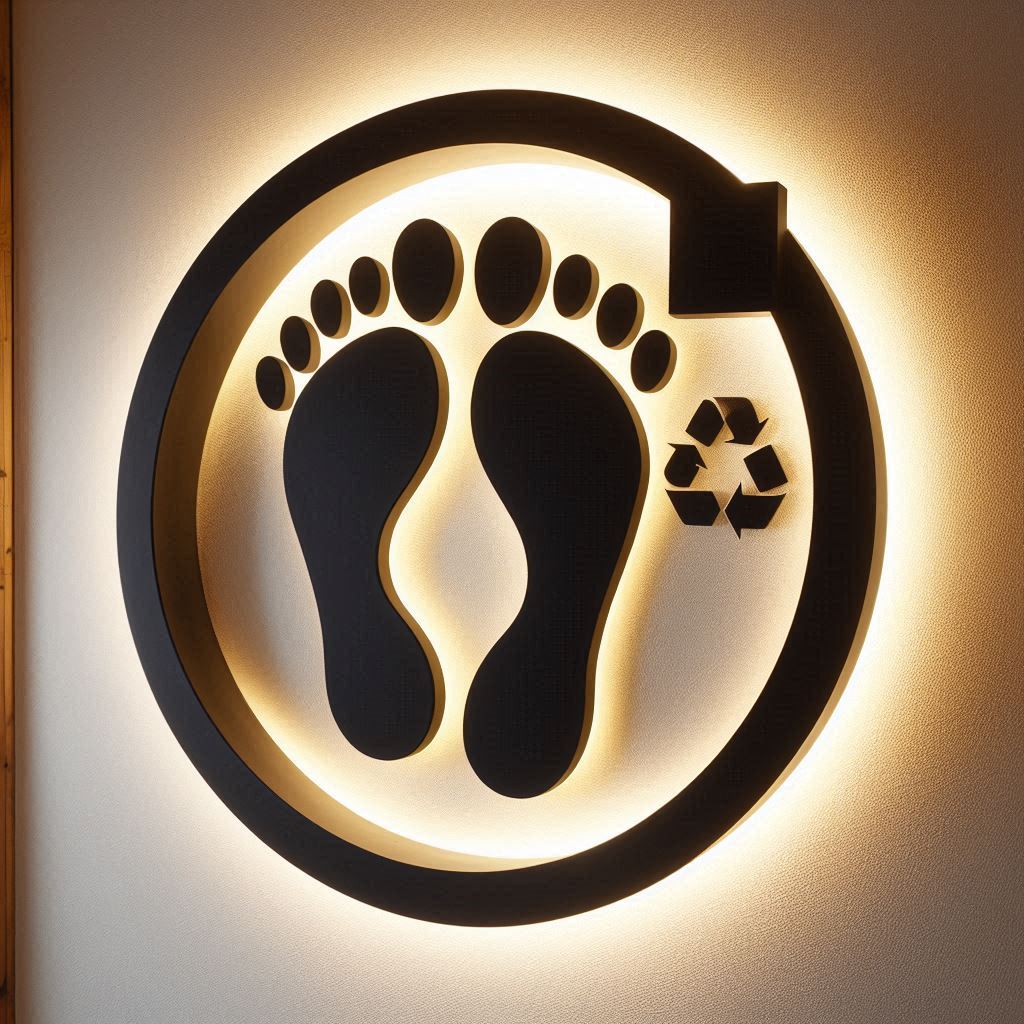Wall lights are more than decorative features—they play a critical role in creating ambiance, providing functional lighting, and influencing energy consumption. As global awareness of environmental sustainability grows, adopting wall lights with a low carbon footprint can significantly contribute to a greener future. Let’s explore how wall lights can be designed and used for sustainability while reducing your energy impact.
1. LED Wall Lights: The Energy-Efficient Champion
Switching to LED wall lights is a simple yet effective way to lower your carbon footprint. LEDs use up to 80% less energy than traditional incandescent bulbs and last significantly longer, reducing waste. These lights are not only efficient but also versatile, offering a variety of color temperatures and designs to suit any room’s aesthetic.
Key Benefits:
· Lower energy consumption.
· Longer lifespan, reducing replacement frequency.
· Minimal heat emission, improving energy efficiency further.
2. Solar-Powered Wall Lights: Lighting Without a Carbon Cost
Solar wall lights are an excellent choice for outdoor spaces, harnessing renewable energy from the sun. These lights charge during the day and illuminate your home at night without relying on electricity generated from fossil fuels.
Features to Look For:
· Efficient solar panels with high conversion rates.
· Durable, weather-resistant designs.
· Built-in motion sensors for smart lighting solutions.
3. Smart Wall Lights for Optimized Use
Smart technology has revolutionized home lighting, enabling precise control over usage. Wall lights integrated with smart systems can be programmed to turn on only when needed, reducing unnecessary energy consumption.
Examples of Smart Features:
· Scheduling and dimming capabilities via mobile apps.
· Motion detection to ensure lights only activate when movement is detected.
· Integration with home automation systems like Alexa or Google Assistant.
4. Materials Matter: Eco-Friendly Designs
When choosing wall lights, consider the materials used. Opt for fixtures made from sustainable, recyclable, or biodegradable materials such as bamboo, recycled glass, or aluminum. These materials not only reduce environmental impact during production but are also easier to recycle at the end of their lifespan.
5. Proper Placement for Maximum Efficiency
Strategically positioning wall lights can reduce the need for excessive lighting. By placing lights in key areas, you can create optimal brightness without over-lighting a space. For example, using wall-mounted sconces in corridors or accent lights for artwork can reduce the need for overhead lights.
6. Low-Voltage Lighting Systems
Low-voltage wall lights consume less power compared to traditional systems. These fixtures are ideal for creating a soft ambiance without compromising brightness. Paired with energy-efficient bulbs, low-voltage systems further cut down on electricity usage.
7. Recycling and Disposal Practices
Even the most sustainable wall lights eventually reach the end of their lifecycle. Proper recycling and disposal of light fixtures and bulbs ensure harmful materials like mercury are kept out of landfills. Check local recycling programs to dispose of old lighting responsibly.
8. Encourage Renewable Energy Integration
For those aiming to make a larger impact, powering wall lights using renewable energy sources like solar panels or wind energy can dramatically reduce your home’s carbon footprint.
Conclusion
Transitioning to low-carbon wall lights is a small but impactful step toward a more sustainable lifestyle. Whether it’s adopting LED technology, investing in solar-powered fixtures, or embracing smart systems, these choices can collectively reduce your environmental impact. By prioritizing energy efficiency and eco-friendly materials, you’re not only lighting up your home but also contributing to a brighter, greener future.

